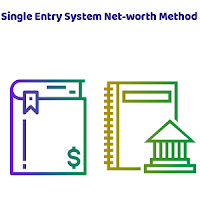Similarities & Differences Between Accounts Payable And Expenses With Relationship

Accounts Payable And Expenses Accou nts Payable is a Current Liability as it is the amount of dues payable by the business to its vendors, suppliers or creditors for the goods or services purchased on account or credit during the accounting cycle in order to finance the business and to run it while Expenses are the costs incurred for the purpose of earning revenue for the business. These are necessary in order to run the daily business operations and incurred to meet obligations for the period. Accounts Payable / Sundry Creditor is recorded on the B alance Sheet as it is a Permanent Account while expenses are recorded on Income Statement or Trading & Profit And Loss Account as these are Temporary Accounts . There are different types of accounts payable such as Trade Payable, N on Trade Payable, Loans Payable, etc., while expenses are mainly divided into two types named as Direct Expenses and Indirect expenses. Similarities B etween Acco...









